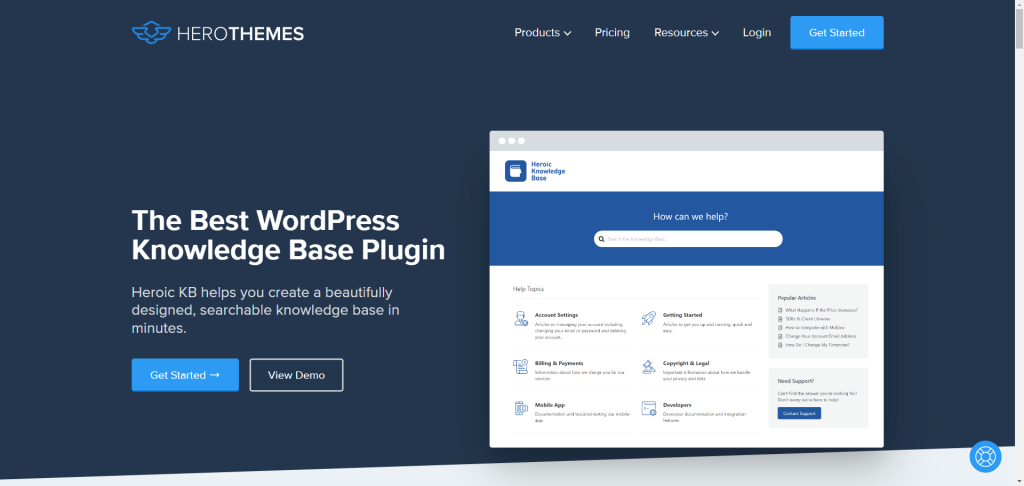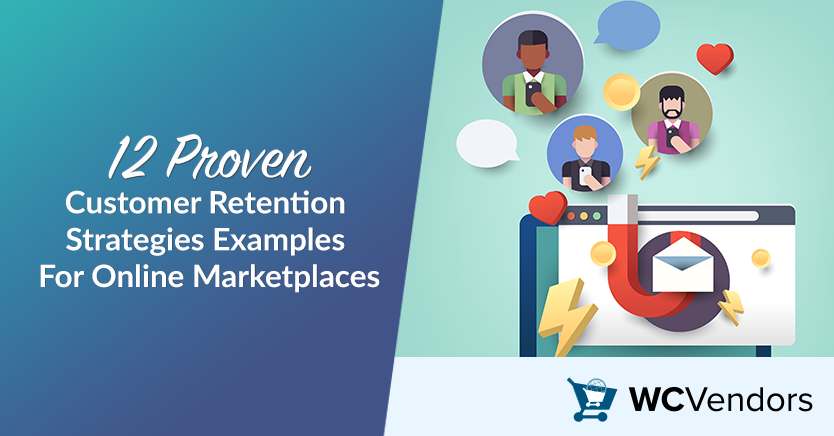
Do you know that it costs much more to attract new customers than to keep the ones you already have? Customer Retention Strategies Examples show that keeping customers engaged and happy is essential for business growth. By using proven methods, you can encourage repeat business. This boosts customer loyalty and helps your marketplace grow faster.
In this guide, we’ll walk you through 12 powerful strategies to enhance customer retention and ensure long-term success.
Ready to keep your customers coming back? Let’s get started!
What Is Customer Retention?
Customer retention refers to a business’s ability to keep its customers coming back over time. The goal is to build strong relationships with customers after their first purchase. This helps turn them into loyal buyers.
High customer retention leads to more repeat sales. It also drives long-term growth for your online marketplace.
What Is Customer Retention Strategy?
A customer retention strategy is a plan or set of actions designed to keep your customers engaged and loyal to your brand. These strategies focus on improving the customer experience and encouraging repeat purchases.
Some examples include offering rewards through a loyalty program. Another approach is improving customer service to boost satisfaction. You can also create personalized marketing campaigns to engage customers. Using the right strategies reduces customer churn. This, in turn, increases your marketplace’s repeat customer rate.
How Do You Calculate Your Customer Retention Rate?
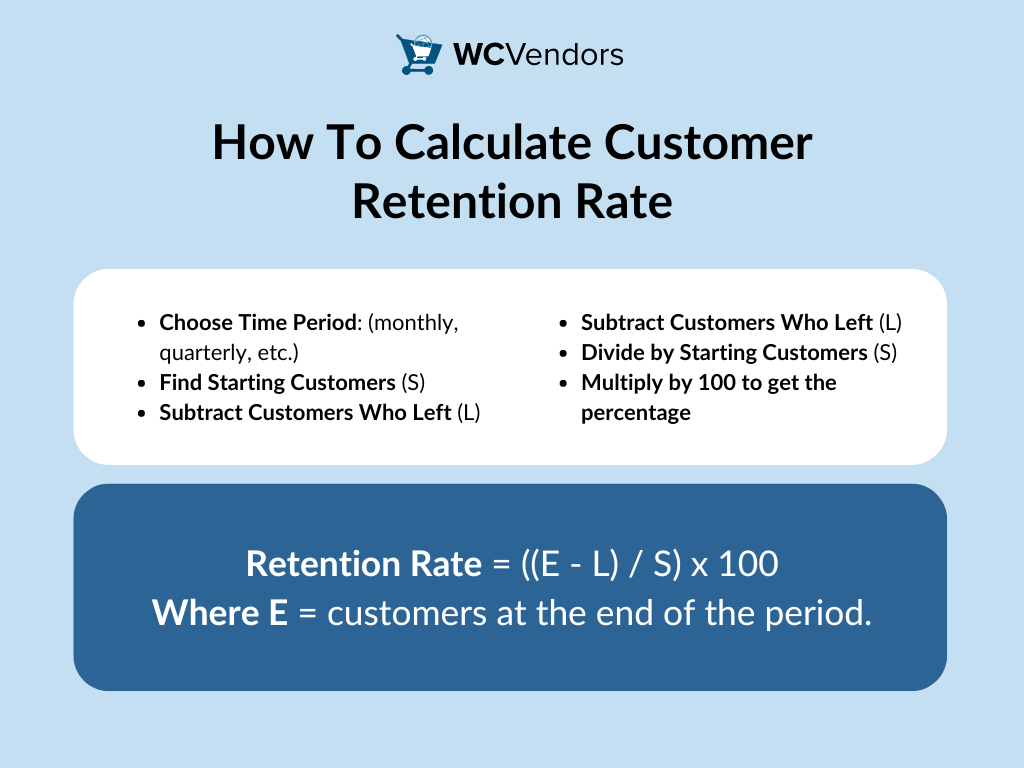
Your customer retention rate is the percentage of customers who return to your marketplace over a specific period. Here’s how to calculate it:
- Select a time period (monthly, quarterly, etc.).
- Find the number of customers at the beginning of that period (S).
- Subtract the number of customers who leave during that period (L).
- Divide that number by the total customers at the start (S).
- Multiply by 100 to get the percentage.
Formula: Retention Rate = ((E – L) / S) x 100 Where E = the number of customers at the end of the period.
For example, imagine you run a multi-vendor marketplace and start with 1,000 customers at the beginning of the month. By the end, 100 customers have left, and you’ve gained new ones, leaving you with 950 customers. Using the formula:
Retention Rate = ((950 – 100) / 1000) x 100 = 85%
What does this mean for you?
A retention rate of 85% signifies that your marketplace is effectively retaining customers and encouraging them to return. This is a key indicator of your marketplace’s health. High retention rates show that your strategies are effectively reducing churn. Strategies like loyalty programs or personalized marketing can help keep customers engaged. These methods build customer loyalty and encourage repeat purchases.
When customers continue shopping with you, they contribute to long-term revenue and growth. So, focusing on strategies to maintain or improve retention is crucial for the sustainability of your marketplace.
12 Customer Retention Strategies Examples
To keep customers coming back to your marketplace, it’s important to use effective customer retention strategies. These strategies help build better relationships with your buyers.
Below are 12 practical examples of strategies you can apply to boost retention in your marketplace. From personalized offers to better customer service, these methods ensure customers remain engaged. They also help customers feel valued.
Let’s explore them in detail.
1. Offer personalized discounts
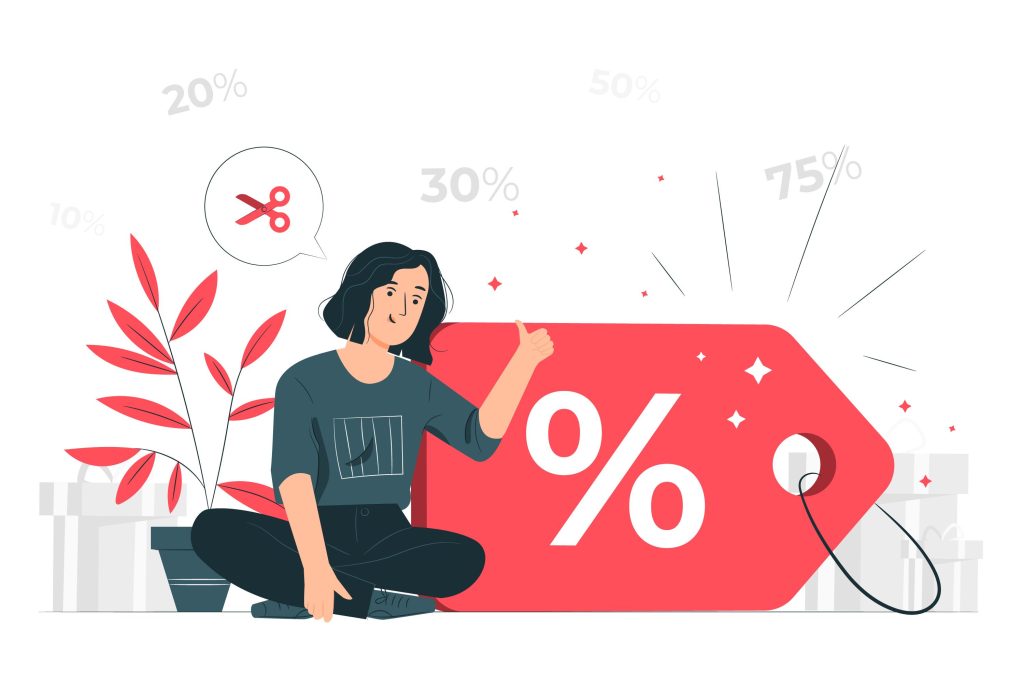
To offer personalized discounts, analyze customer purchase history and preferences. You can create offers tailored to what customers often buy. For instance, if a customer regularly purchases a specific product, offer a discount on related items. You can also offer personalized deals during special moments like birthdays or holidays. This builds a stronger connection with customers. By doing this, you encourage loyalty and repeat purchases. It’s a simple way to make customers feel valued, keeping them engaged with your brand.
On WC Vendors, you can set up personalized discounts by creating custom discount codes. These can be tailored for specific customers. You can also apply discounts to products based on vendor performance. This lets you offer targeted promotions, helping to build customer loyalty. Additionally, it rewards top-performing vendors, encouraging continued success.
Using the WC Vendors Pro plugin, you can easily set up user-specific promotions. This feature allows you to create custom discount codes tailored to individual customers. It helps foster repeat business and strengthens relationships with your top buyers.
2. Implement a loyalty program
To implement a loyalty program, you can set up a system where customers earn points or rewards for every purchase. These points can be redeemed for discounts, free products, or exclusive deals. You can also offer tiered loyalty programs, where higher spenders unlock greater rewards.
You can easily create a loyalty program using plugins like Advanced Coupons Loyalty Program. This plugin lets you reward customers for various actions, such as making purchases or leaving reviews. It helps retain loyal buyers and increases repeat purchases.
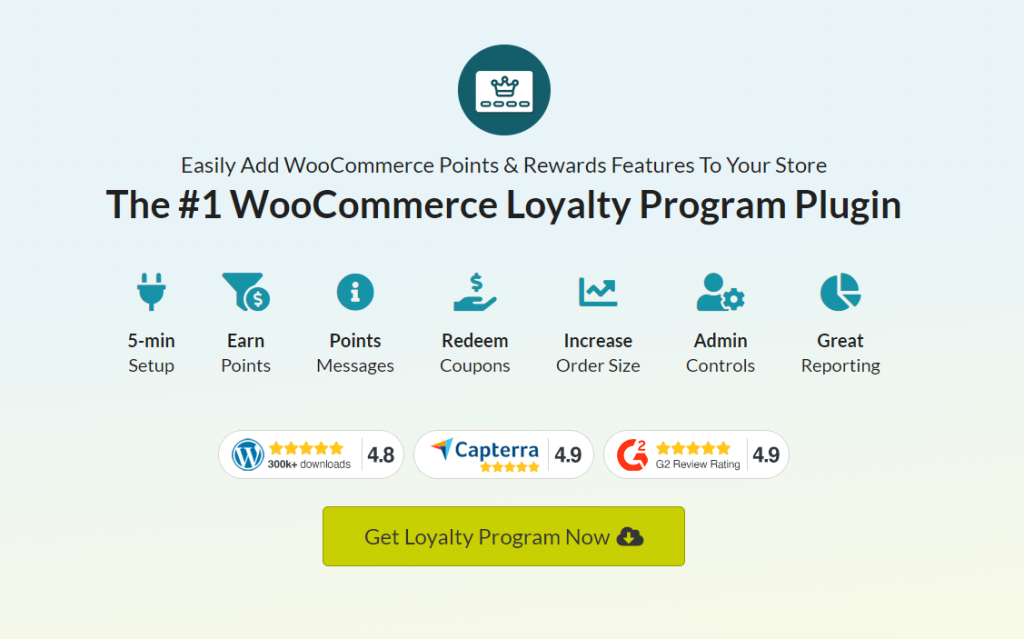
3. Improve customer service
Excellent customer service plays a vital role in retaining customers. It helps build trust when you provide quick responses and effective solutions to their issues. To improve customer service, make sure to set up clear communication channels, such as chat support or email.
You can use feedback forms to gather and address customer concerns directly from the marketplace platform. Also, give vendors clear guidelines on handling disputes.
In addition to direct support channels like live chat or email, consider empowering your customers with a self-help resource. For example, integrating a comprehensive self-help channel allows users to quickly find answers and troubleshoot common issues on their own.
Check out the Heroic Knowledge Base and see for yourself how simple it is to fix everyday issues
with clear, easy advice.
4. Create a seamless onboarding process
A smooth onboarding process helps new users quickly grasp how your marketplace works. This boosts their confidence and builds loyalty. By making instructions clear and easy to follow, users can get started faster. Additionally, providing support resources ensures they understand key features.
This leads to higher satisfaction and long-term customer retention. You can do this by offering step-by-step guides, tutorials, or welcome emails that explain key features and processes.

On WC Vendors, you can simplify onboarding by creating vendor registration forms. Additionally, set up automated emails to guide new vendors through the process of setting up their store. This makes the onboarding process more efficient and helps vendors get started quickly.
5. Send post-purchase follow-up emails
Following up with customers after a purchase keeps them engaged and shows you appreciate their business. It also provides an opportunity to ask for feedback or offer related products. This helps strengthen the relationship and encourages repeat purchases. In your follow-up, thank them for their purchase, suggest similar items they might like, and ask for feedback. This shows you care about improving their experience.
On WC Vendors, you can automate post-purchase emails through integrations with plugins like WooCommerce Follow-Up Emails. This plugin lets you send automated emails to customers. You can thank them for their purchase, suggest similar products from your vendors, and ask for reviews. These emails help strengthen customer relationships and encourage repeat purchases.
6. Offer free shipping or exclusive deals
Offering free shipping or exclusive deals is an effective way to keep customers coming back. These promotions give them extra value and motivate them to continue shopping. You can provide these incentives to loyal customers or as part of a seasonal promotion to boost sales.
On WC Vendors, you can easily create free shipping offers or exclusive deals using WooCommerce’s built-in shipping settings or coupon features. For example, with WC Vendors Pro, you can create custom shipping rules for certain vendors or specific customers. This lets you tailor shipping offers to fit your marketplace’s needs and target audience preferences.
7. Collect and act on customer feedback
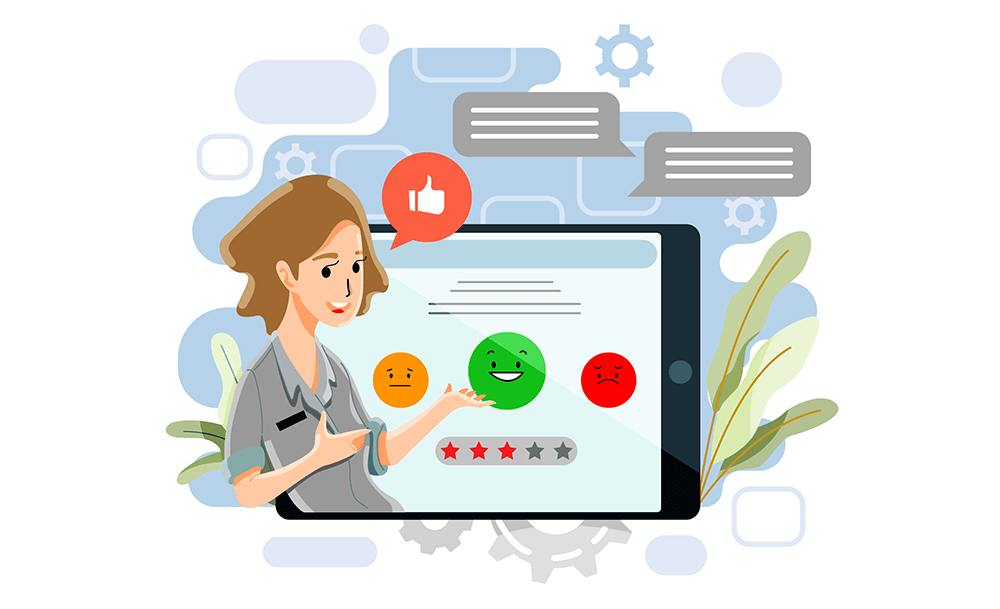
Regularly gathering feedback from customers helps pinpoint areas that need improvement. It also highlights specific issues that may be causing frustration. By acting on this feedback quickly, you show customers that their opinions matter, improving their overall experience.
Use surveys, feedback forms, or post-purchase emails to gather insights. When you listen and act on customer feedback, it shows that you value their opinions. This builds trust and strengthens their connection to your marketplace. It also boosts their overall experience, making them more likely to stay loyal.
8. Provide subscription or membership benefits
Offering subscription or membership benefits can create exclusivity and keep customers coming back. These benefits may include discounts, early access to new products, or free shipping for members. This fosters customer loyalty and creates a sense of belonging.
On WC Vendors, you can use the WC Vendors Membership and WooCommerce Subscriptions plugins to manage memberships and subscriptions. These tools let you offer recurring memberships with benefits like special pricing, priority support, or early access. This helps customers feel valued and keeps them engaged in your marketplace.
9. Run regular customer retention campaigns

Sending retention campaigns through email or social media keeps your marketplace in customers’ minds. It reminds them of new offers, updates, or deals. These campaigns can feature exclusive deals, highlight new products, or provide loyalty rewards. Each keeps customers engaged and encourages them to return.
To do this, you can connect with platforms like Mailchimp or Klaviyo. These tools let you create and send personalized retention emails to keep customers engaged. Use tools like WooCommerce Membership to provide exclusive updates to subscribed customers. This keeps them engaged with new offers. Offering exclusive perks also fosters long-term loyalty, encouraging repeat business and stronger relationships.
10. Highlight positive customer reviews
Showcasing customer reviews is an effective way to build trust. Showing positive reviews builds social proof. This encourages others to trust your marketplace and make purchases. It also motivates them to become repeat buyers. You can highlight reviews on product pages, social media, or dedicated testimonial sections on your site.
On WC Vendors, you can leverage customer reviews by integrating with WooCommerce Product Reviews Pro. This plugin allows vendors to display reviews and testimonials for their products. Adding reviews boosts individual vendor credibility. It also enhances the reputation of your marketplace, creating trust among potential buyers.
Engaging with customers on social media is key to building relationships. It also helps maintain a strong brand image. Actively respond to comments, messages, and mentions to show that you care about your audience’s opinions and concerns. Share updates, run polls, and post user-generated content to create an interactive experience.
On WC Vendors, encourage your vendors to share their products on social media and tag your marketplace. You can also add social sharing tools to your marketplace. This makes it easier for customers to share their purchases. It also encourages them to share their experiences.
12. Offer flexible return policies
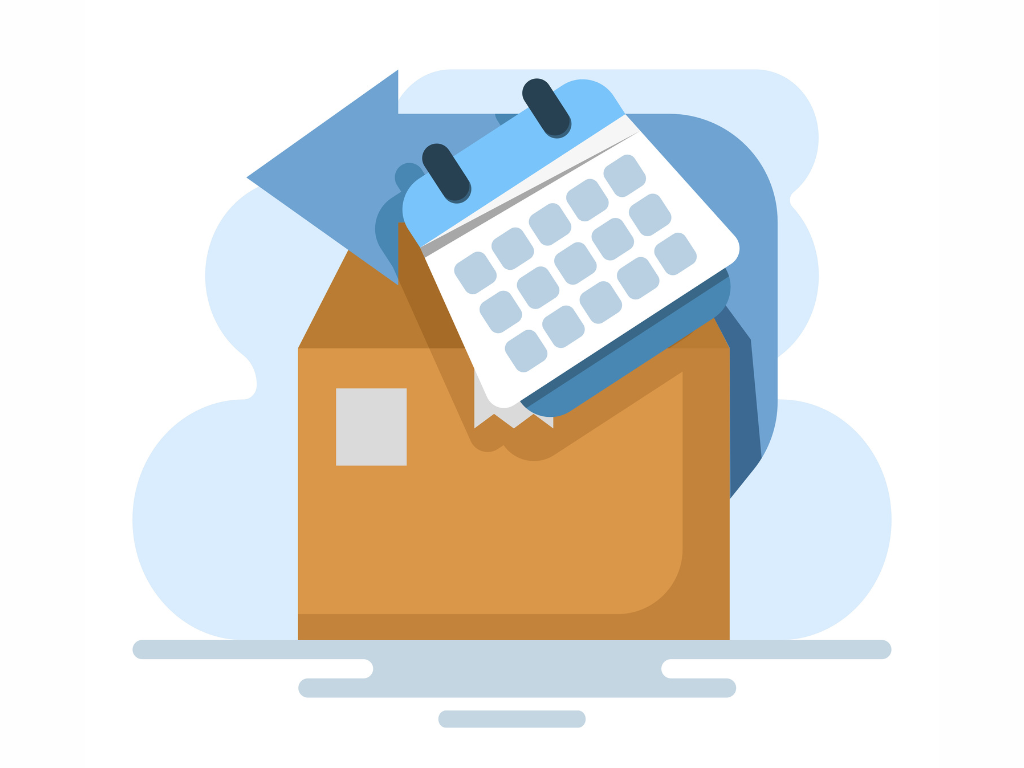
A flexible return policy boosts customer confidence. It encourages more purchases by lowering the perceived risk. A lenient return policy gives customers more confidence when purchasing. They know they can return or exchange items easily. This helps them feel secure in their buying decisions.
On WC Vendors, you can set up return policies that vary for each vendor. This is done using WooCommerce’s built-in features, allowing you to create specific return rules for each vendor’s products. This ensures flexibility for vendors and a smooth return process for buyers. Vendors can set their own return guidelines, ensuring flexibility. You can implement a return system that is easy for both customers and vendors to use. This helps create a smooth return process, building trust and encouraging repeat purchases.
What Are The Customer Retention Strategies Of Big Brands?
Big brands utilize highly targeted strategies to retain customers and build loyalty. Let’s explore how top companies achieve long-term customer retention through personalized experiences and valuable rewards.
Amazon’s Prime Membership
Amazon’s Prime program offers numerous perks such as free two-day shipping, exclusive deals, and streaming services. Amazon Prime has over 200 million members worldwide. The program achieved retention rates of 93% after one year and 98% after two years. This success shows that consistently offering value keeps customers engaged.
Starbucks Rewards
Starbucks engages customers through a points-based loyalty program. They offer free drinks, personalized deals, and birthday rewards. These perks keep customers coming back. In 2020, 53% of U.S. sales came from Starbucks Rewards members. Personalized marketing through the app led to higher spending. Loyal customers tend to buy additional items or upgrade to premium products.

Apple’s Ecosystem
Apple focuses on seamless integration between its devices and services. Apple combines personalized recommendations with top-notch customer service to keep users loyal. By offering tailored product suggestions and seamless support, they ensure customers stay within the Apple ecosystem. Apple’s seamless integration across its devices makes it challenging for users to switch to competitors. This tight ecosystem strengthens long-term brand loyalty.
Conclusion
To grow your marketplace, keeping customers engaged and loyal is key. Using smart customer retention strategies helps maintain strong relationships and attract new buyers. Focus on offering personalized discounts, improving customer service, and setting up loyalty programs. These steps will keep your customers coming back and help your business thrive.
To recap key sections covered in this article:
- What is Customer Retention?
- What is Customer Retention Strategy?
- How Do You Calculate Your Customer Retention Rate?
- 12 Customer Retention Strategies Examples
- What Are the Customer Retention Strategies of Big Brands?
When it comes to specific strategies, these are the actionable steps you should take:
- Offer Personalized Discounts
- Implement a Loyalty Program
- Improve Customer Service
- Create a Seamless Onboarding Process
- Send Post-Purchase Follow-Up Emails
- Offer Free Shipping or Exclusive Deals
- Collect and Act on Customer Feedback
- Provide Subscription or Membership Benefits
- Run Regular Customer Retention Campaigns
- Highlight Positive Customer Reviews
- Engage with Customers on Social Media
- Offer Flexible Return Policies
By focusing on these key strategies, you can build a strong foundation for improving customer retention and ensuring sustainable marketplace growth. Implementing these steps will position your business for long-term success.
If you need further assistance or have any questions, feel free to reach out—we’re here to help guide you every step of the way!
